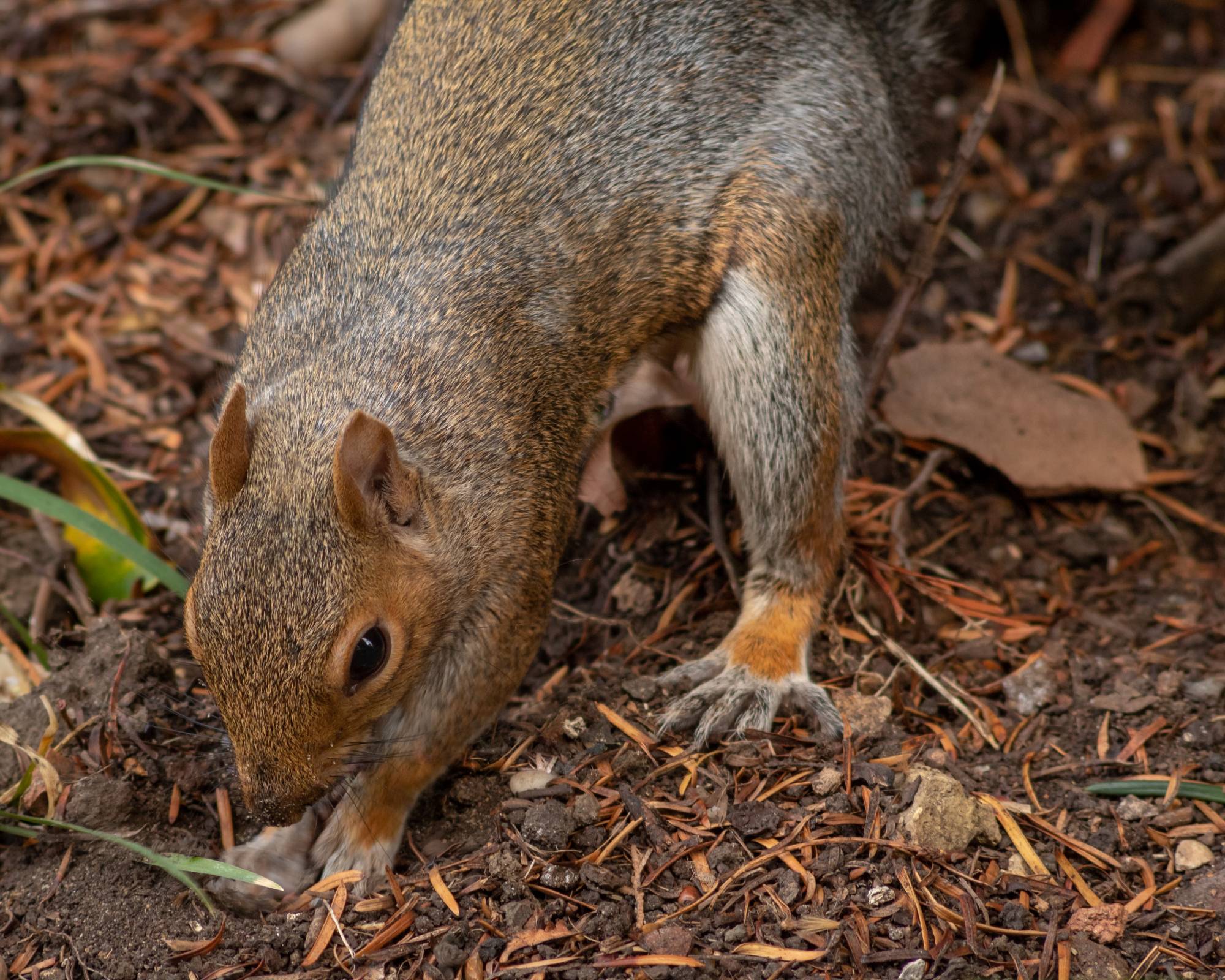Finding More Holes in Your Yard Than Usual? Here’s How to Identify Which Animal Is Making Them
Animal holes can pop up in the least expected place in the yard and it is hard to know what animal caused them. Learn how to identify holes and stop pests.


Holes in your turf grass, or even in your beds, can be a problem. In the yard, holes damage grass, are safety hazards, and make your lawn look less aesthetically pleasing. In beds, they damage plants or even kill plants by disturbing the roots. For the healthiest garden, you’ll want to prevent holes, or if they start showing up, determine the cause and put a stop to it.
Although we tend to think of pests as insects that attack plants, animals that dig holes are also common garden pests. Animals create holes for a variety of reasons, from searching for food to creating shelter. Those that make big holes or numerous holes can become a real problem.
Many homeowners want to know how to keep animals out of the garden, but you need to start with identification first. Once you identify the culprit, you can manage the issue effectively.
Common Animals That Dig Holes

There are many garden pests that dig holes. It helps to understand which animals exhibit this behavior and why they do it.
- Squirrels. Squirrels are among the most common animals gardeners encounter. They dig holes for two reasons: to access food and to bury food. They might dig a hole, for example, to get at a tasty tulip bulb. In the fall, especially, they dig holes to hide nuts for later.
- Raccoons. Raccoons are common, too, but less often spotted in the act of digging as they are mostly nocturnal. They dig shallowly in yards seeking tasty grubs and other insects. They often roll back sod, especially freshly-laid sod, to get to food.
- Skunks. Also nocturnal, skunks have similar motives to raccoons. They tend to do more damage, as they are very adept diggers. They can tear up a lot of lawn in a short amount of time with their sharp claws and long noses. They also roll back sod.
- Moles. Moles can be very damaging to lawns because they spend most of their lives underground. They dig burrows connected by tunnels for shelter, to raise young, and to hunt worms and insects for food.
- Voles. Voles behave similarly to moles, but they do not create the same extensive tunnel systems. They make burrows with short paths into them. Also, unlike moles, they eat vegetation, not insects or worms.
- Armadillos. For some southern gardeners, armadillos are the hole-digging culprits. They dig in the ground to look for food—their diet is primarily insects—and to create shelter. Armadillos can create a big mess in a short amount of time, digging burrows many feet long. They’ve even been known to make walkways collapse.
- Groundhogs. Groundhogs, also known as woodchucks, eat vegetation above ground but create large burrows and extensive tunnel systems for shelter. Because they are large animals, these systems can cause a lot of yard damage.
- Dogs. Finally, our furry best friends often love to dig in the yard. Why do dogs do it? It’s a natural behavior used for hunting small prey, burying food for later, and finding a cool spot in hot weather. A dog may also dig due to anxiety and boredom.
What Animal Is Digging Holes in My Yard?

Details about how and why animals dig can help you identify those damaging your garden. There are several things you can observe to make a determination. The size and depth of the holes, for instance, can distinguish several diggers. Burrowers, like moles, voles, armadillos, and groundhogs, dig deep. Skunks and raccoons only dig deep enough to find insects. Larger burrowers make larger holes.
Between voles and moles, which are very similar, you can look at the extent of the tunneling and other clues. Moles make much longer and more connected tunnels. Also, moles leave mounds of dirt next to their holes, while voles do not.
You can also look for aboveground clues, like scat and prints. If you can identify the tracks left by a raccoon, for instance, you can identify the digger.
Sign up for the Gardening Know How newsletter today and receive a free copy of our e-book "How to Grow Delicious Tomatoes".
How to Stop Animals Digging Holes in Yard

An identification of the digger makes it easier to develop an effective plan for preventing holes. Anything you can do to make your lawn less desirable for that particular animal will cause them to look elsewhere for food or shelter.
Food is a major motivation. Insects, worms, and grubs in the lawn are very attractive to many diggers, like skunks, raccoons, and armadillos. It's especially important to manage grubs, which can be damaging in their own right, to deter larger pests. Use a product like Scotts GrubEx, which is available from Amazon, to control grub worm populations in your yard. It controls grubs for up to 4 months which will also help keep your roses protected from Japanese beetles when the grubs mature.
Deterrents can also make your lawn less desirable to diggers. Use motion-activated lights or water to deter pests. This solar ultrasonic animal repellent from Amazon has different settings based on which animal you want to repel so it is targeted and effective.
Certain smelly sprays can also deter animals. Predator scents may keep many of these diggers away, as they are prey animals. Mighty Mint rodent repellent spray from Amazon uses a plant-based formula to keep mice and other rodents away.
Another strategy for preventing holes is to create barriers. If you have diggers going into beds or getting at your bulbs, fencing or underground screens can help keep them out. Steel hex web fencing from Deer Busters is a great option for excluding digging pests from your garden. It is easy to bury underground to prevent burrowing in to your beds or lawn.
Some diggers are very hard to manage, like moles. You may need to call in a professional to help manage these pests.

Mary Ellen Ellis has been gardening for over 20 years. With degrees in Chemistry and Biology, Mary Ellen's specialties are flowers, native plants, and herbs.